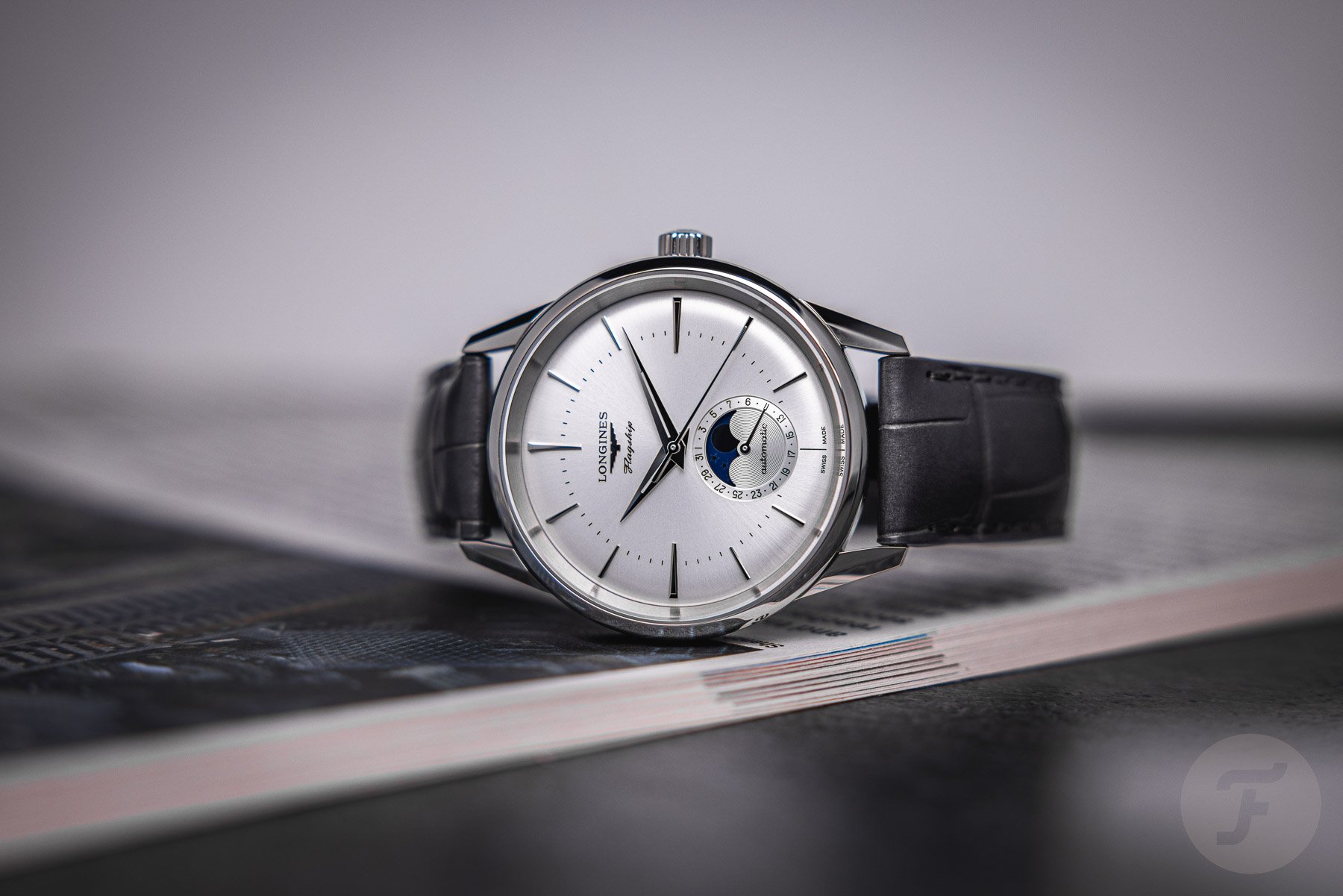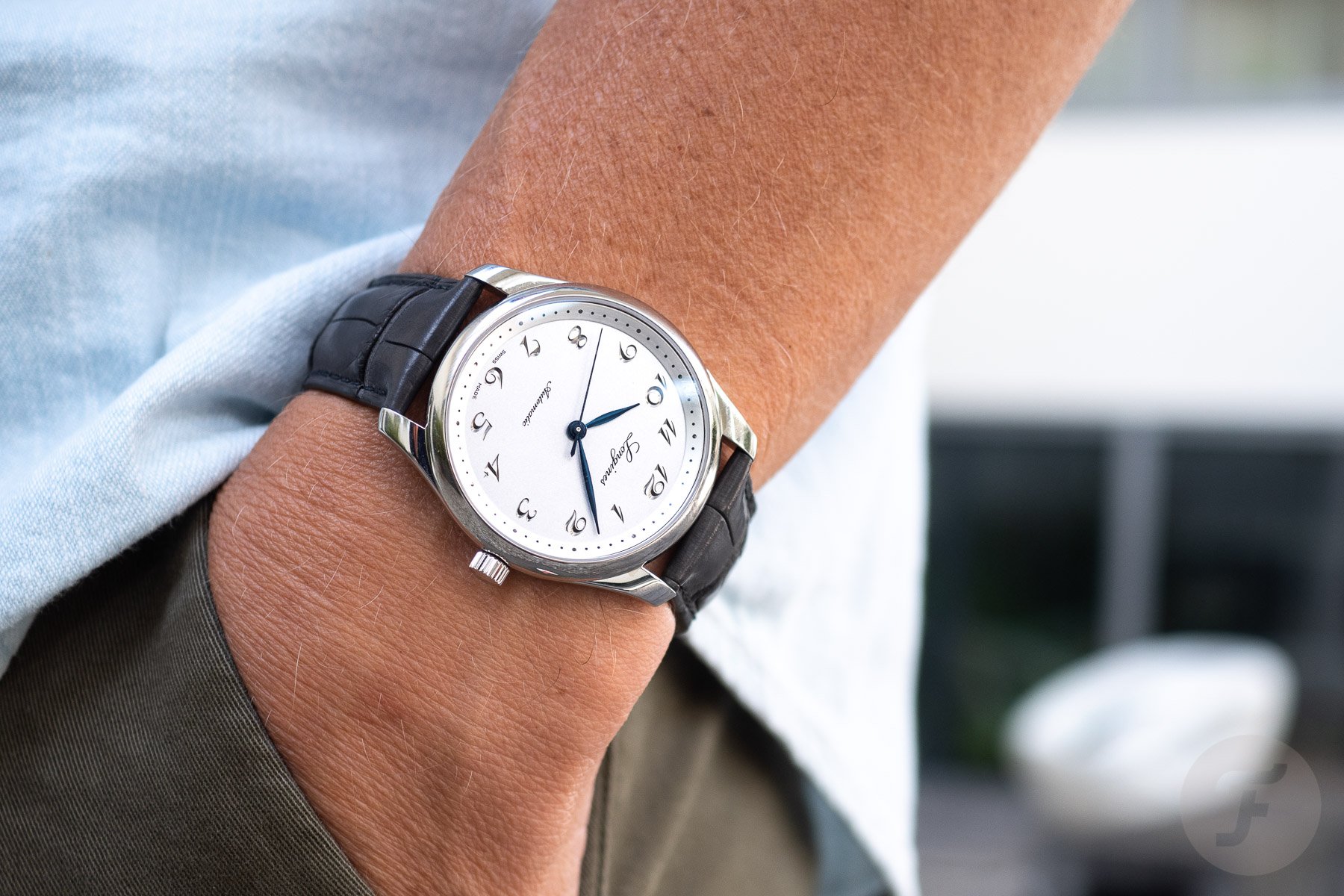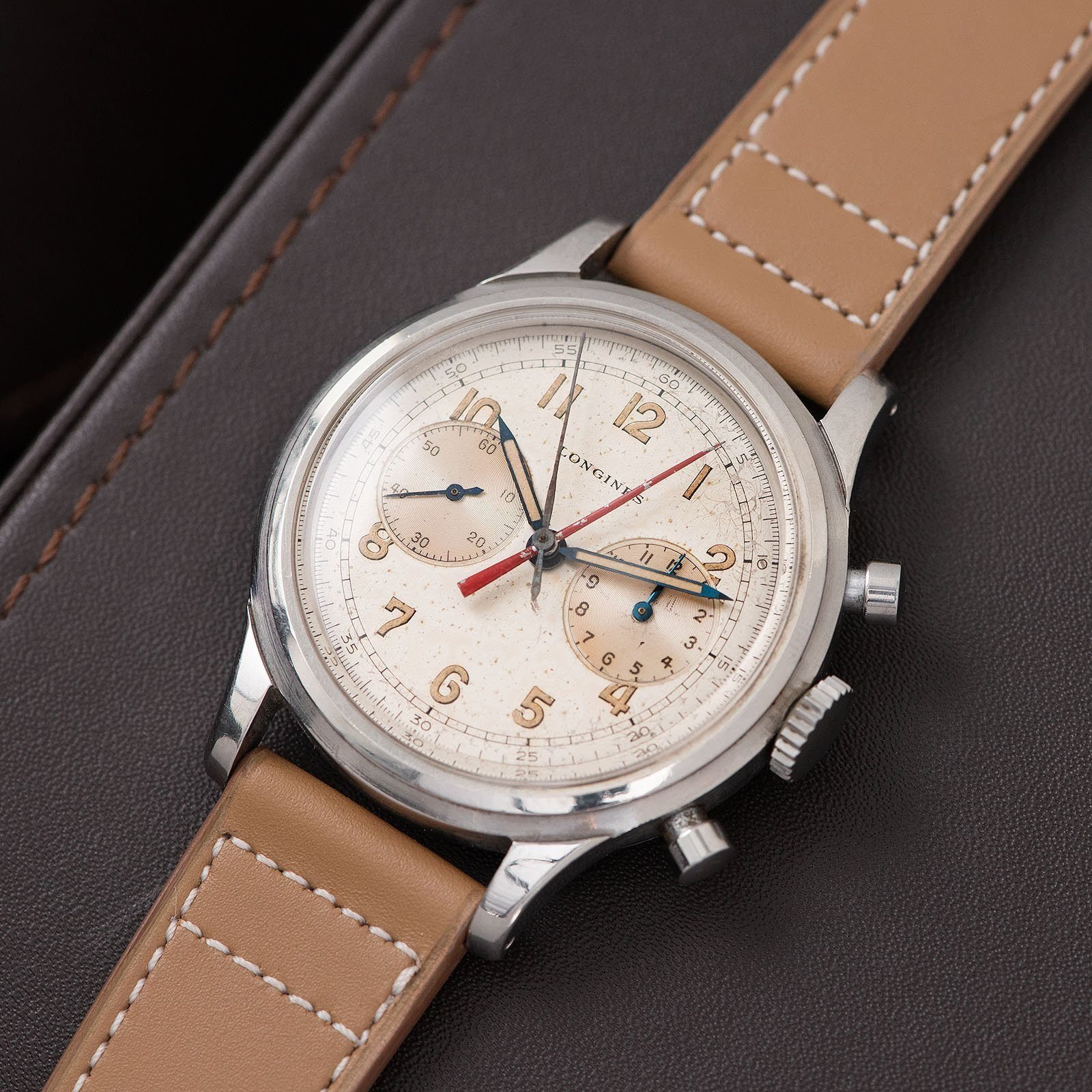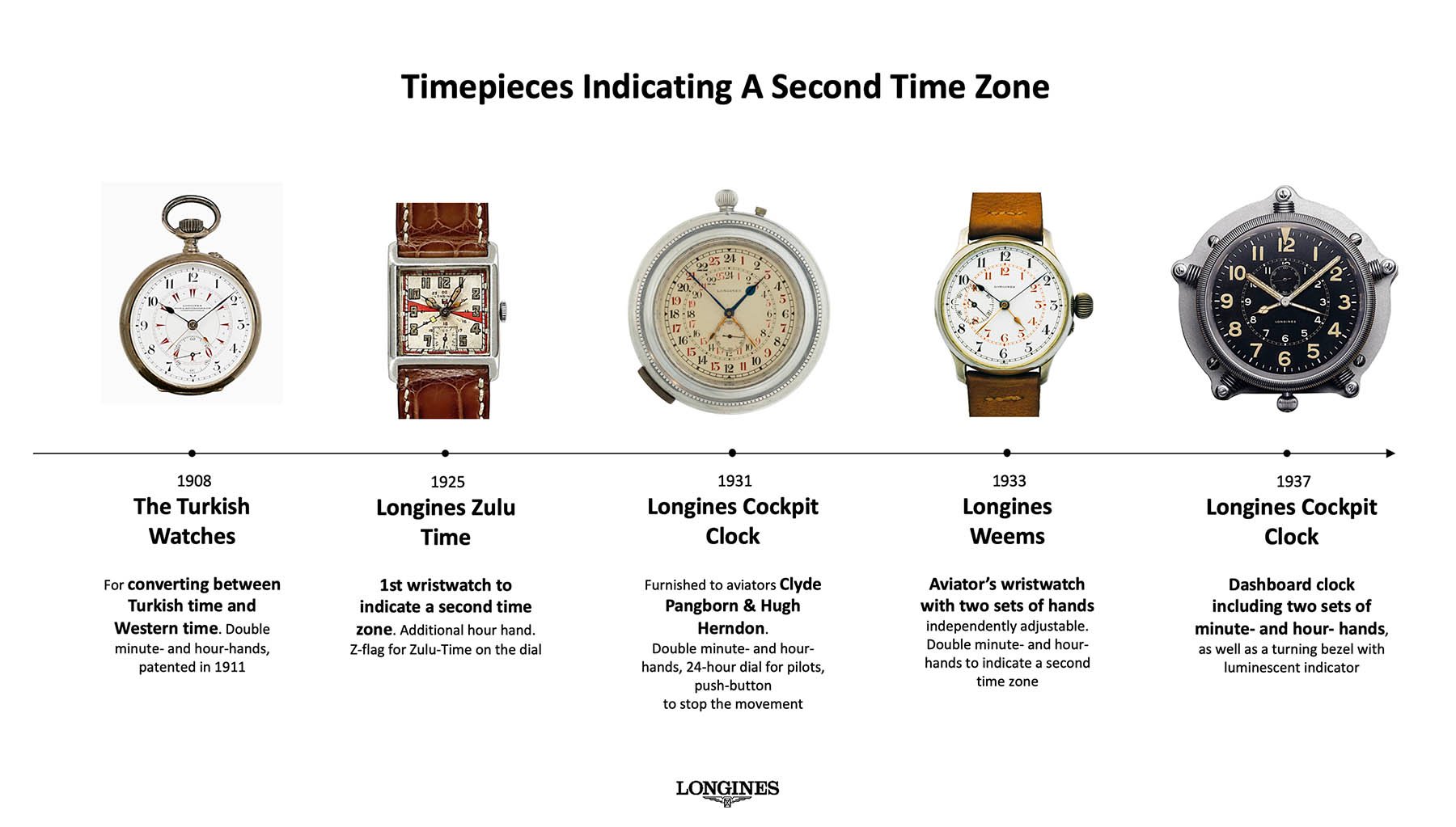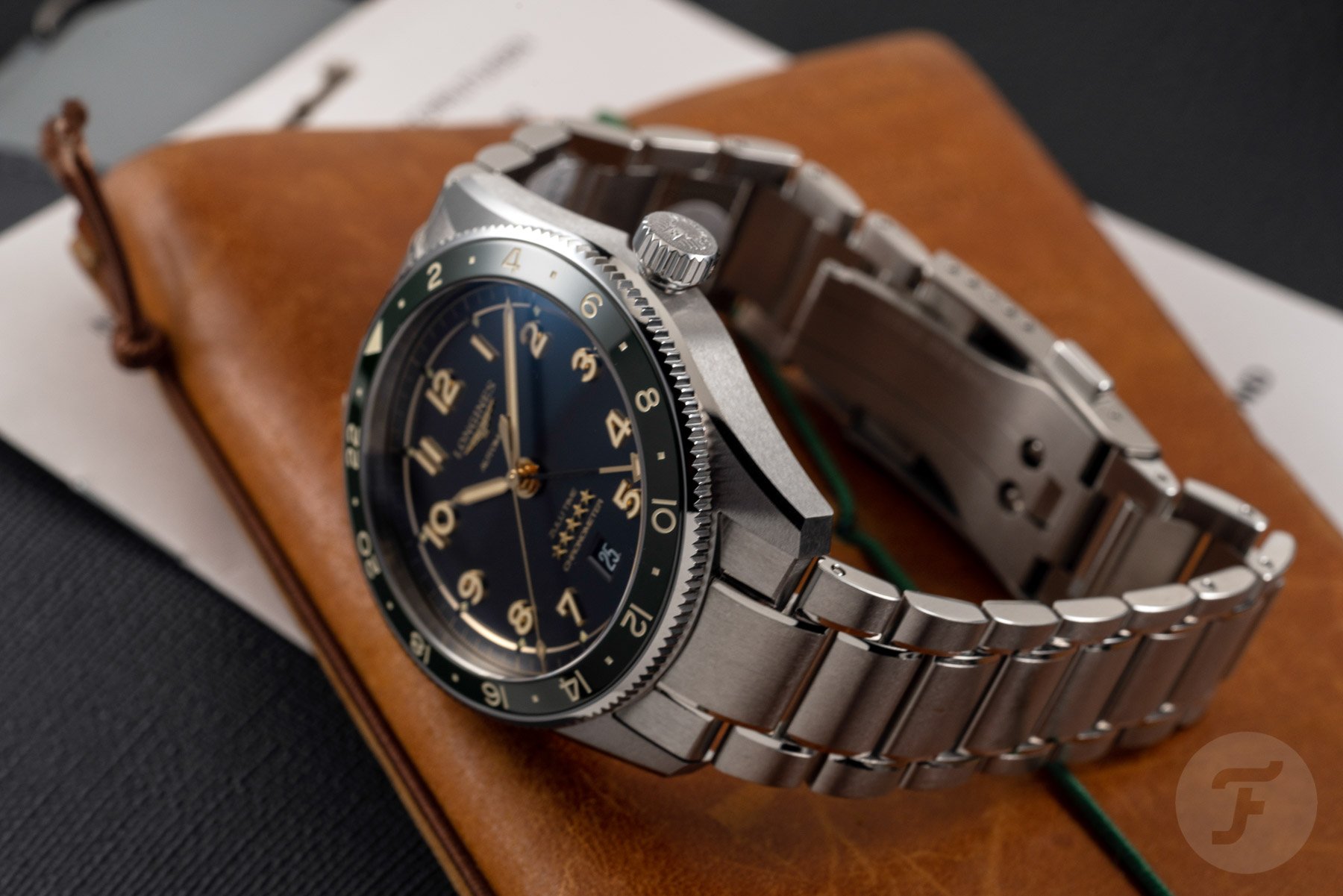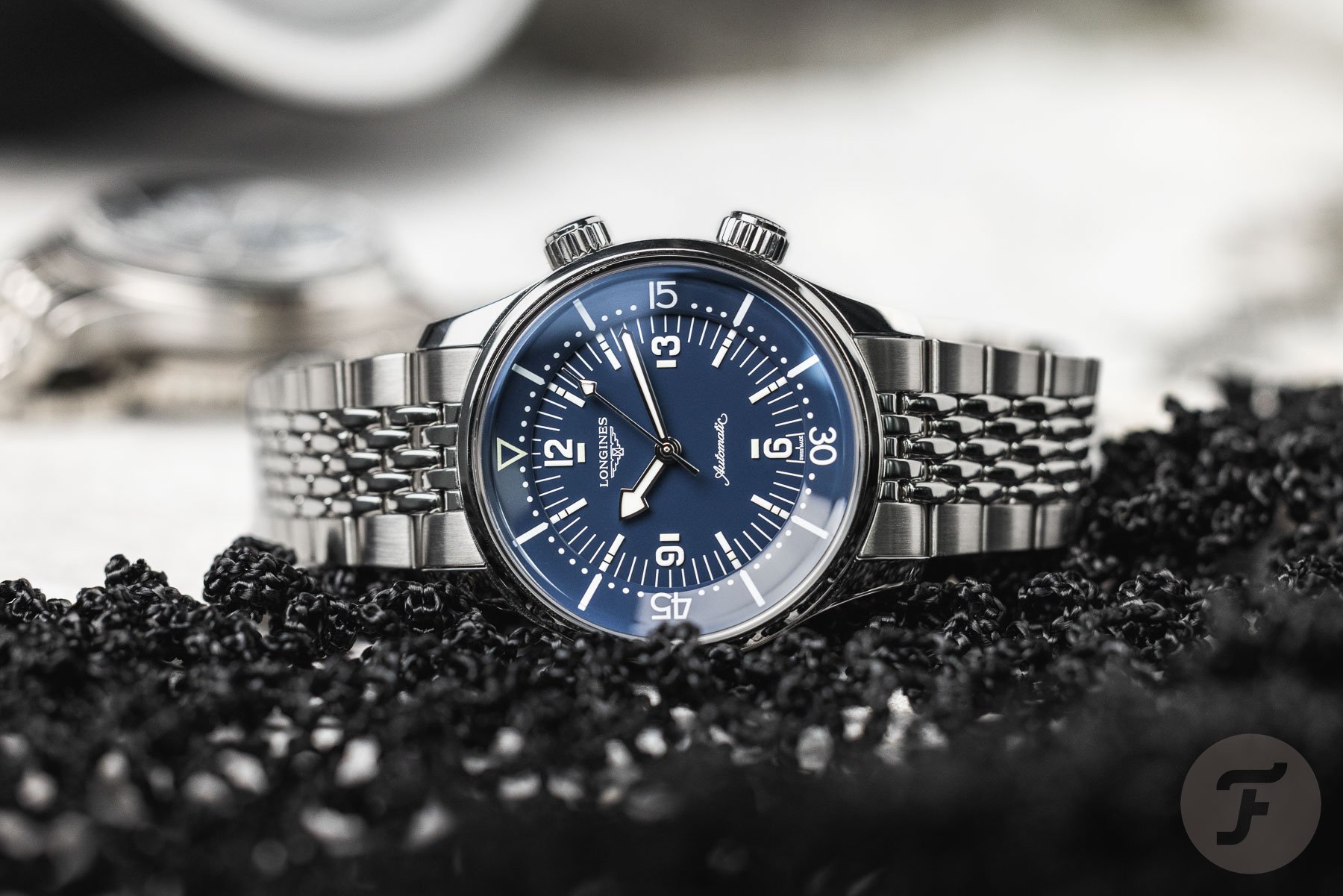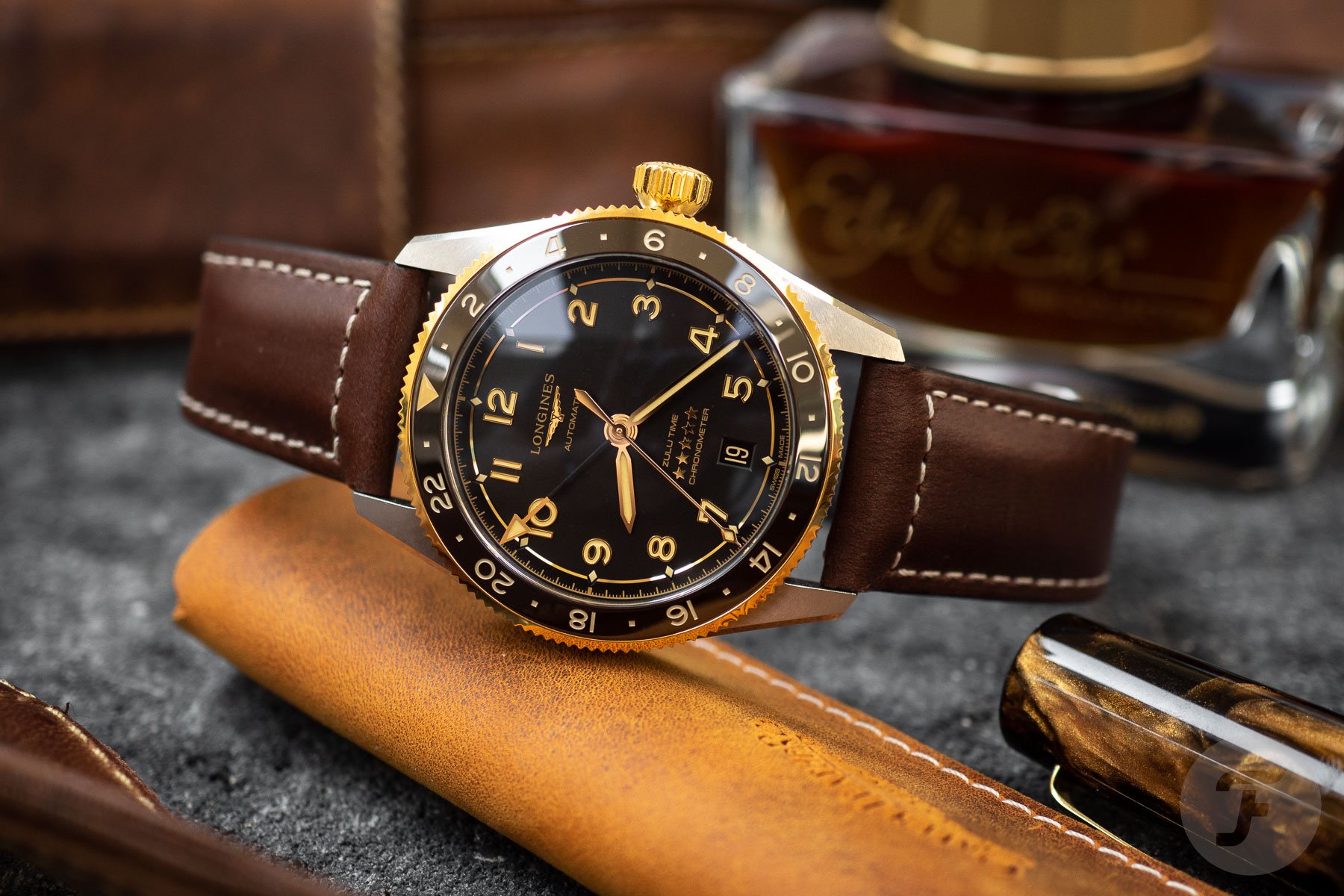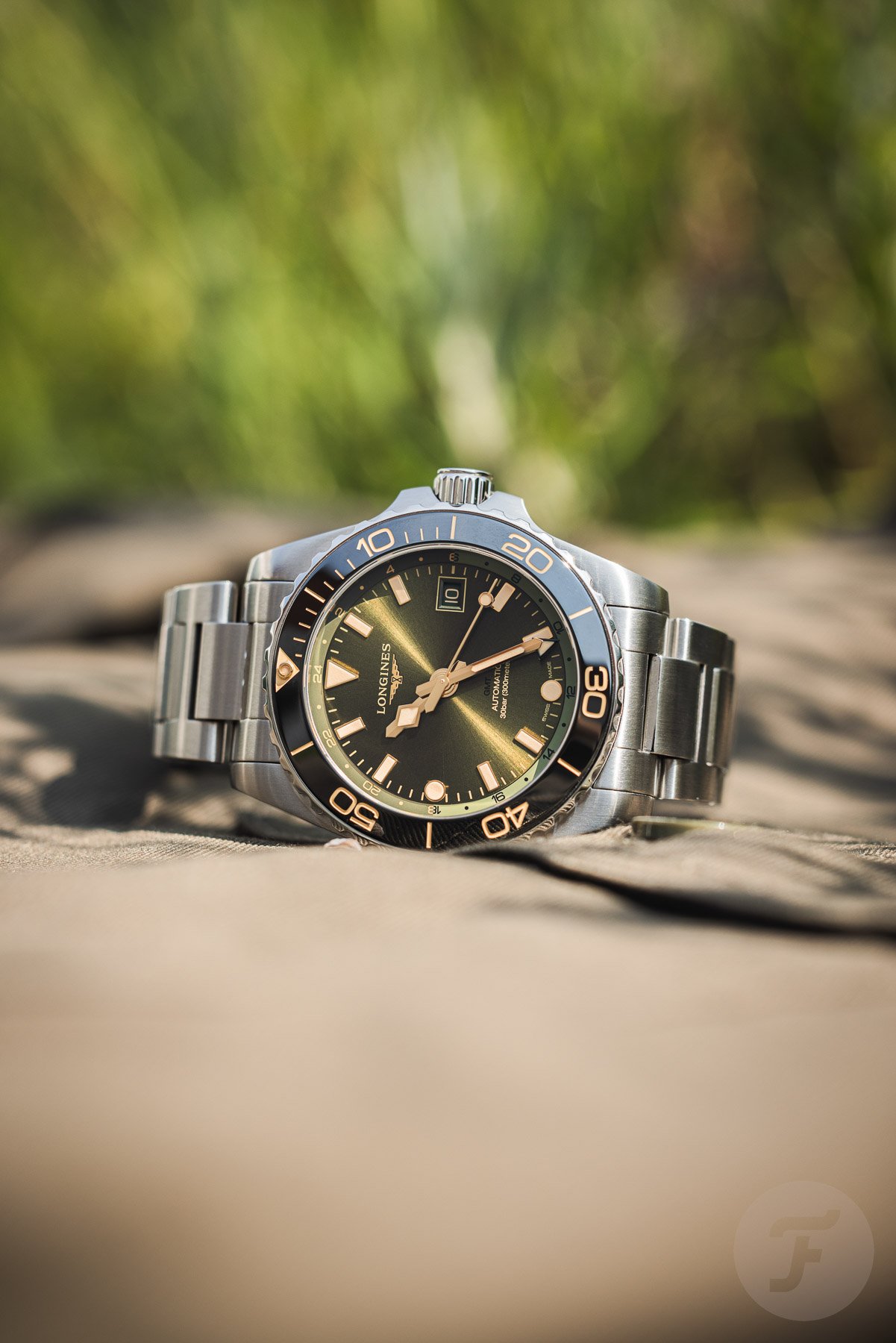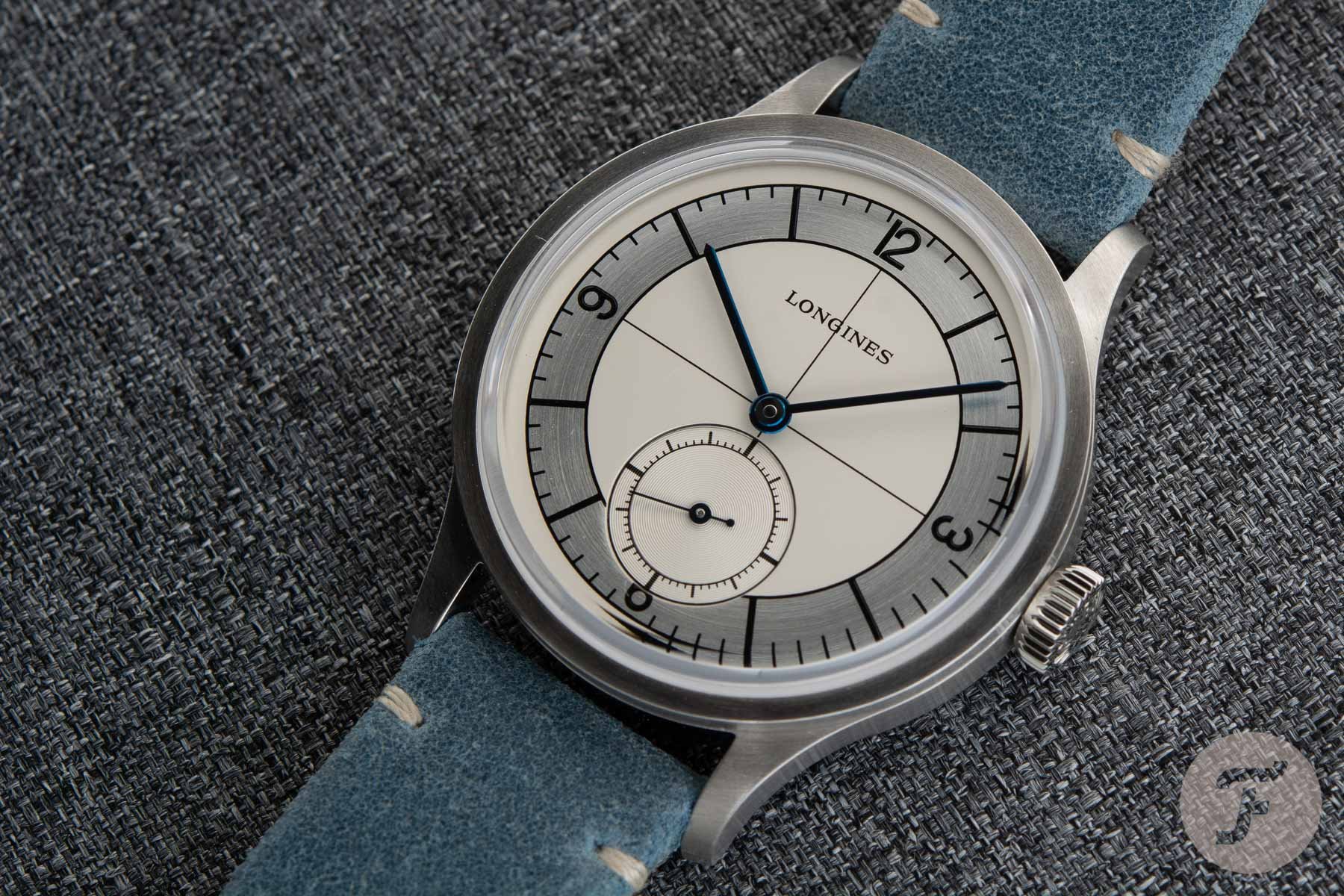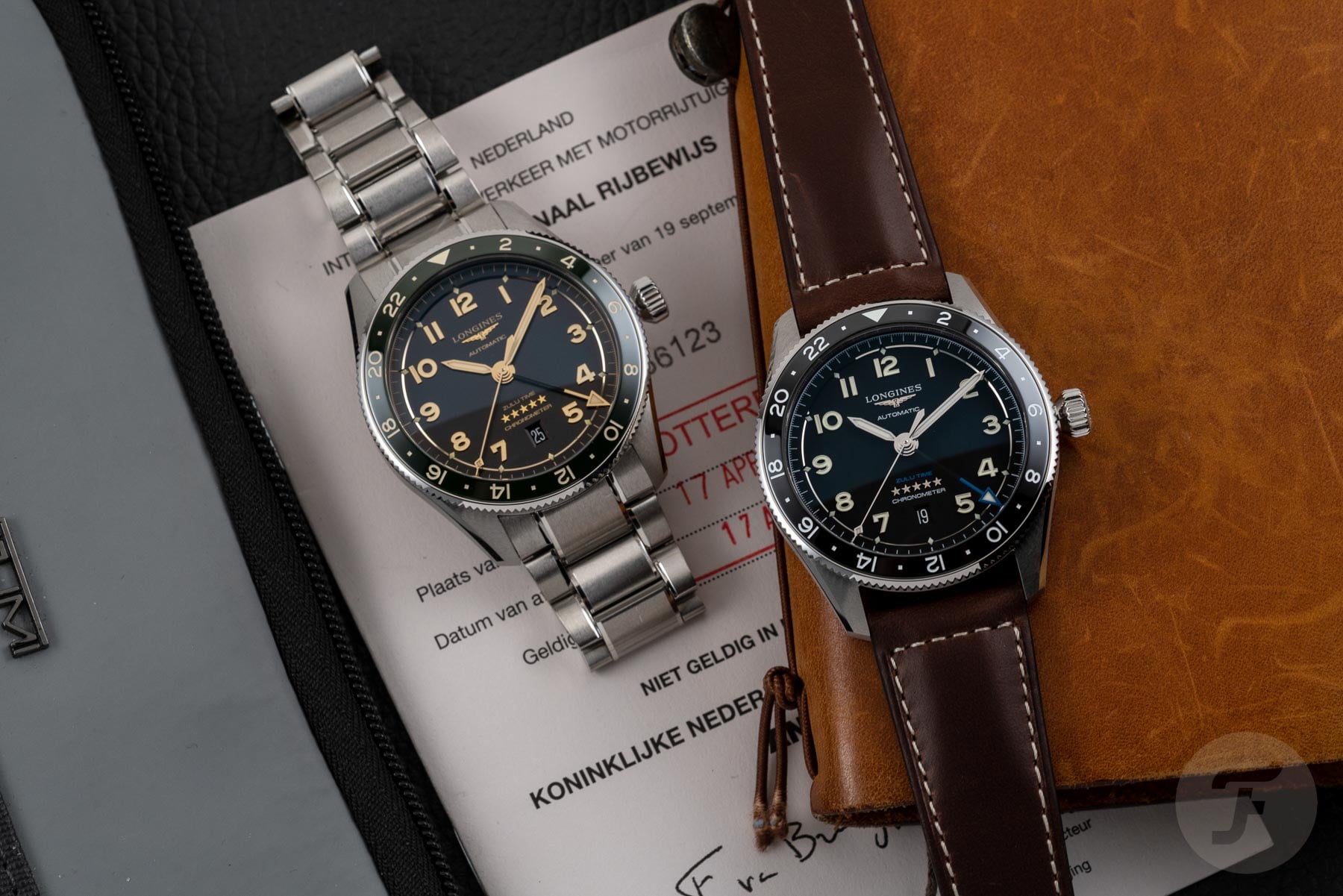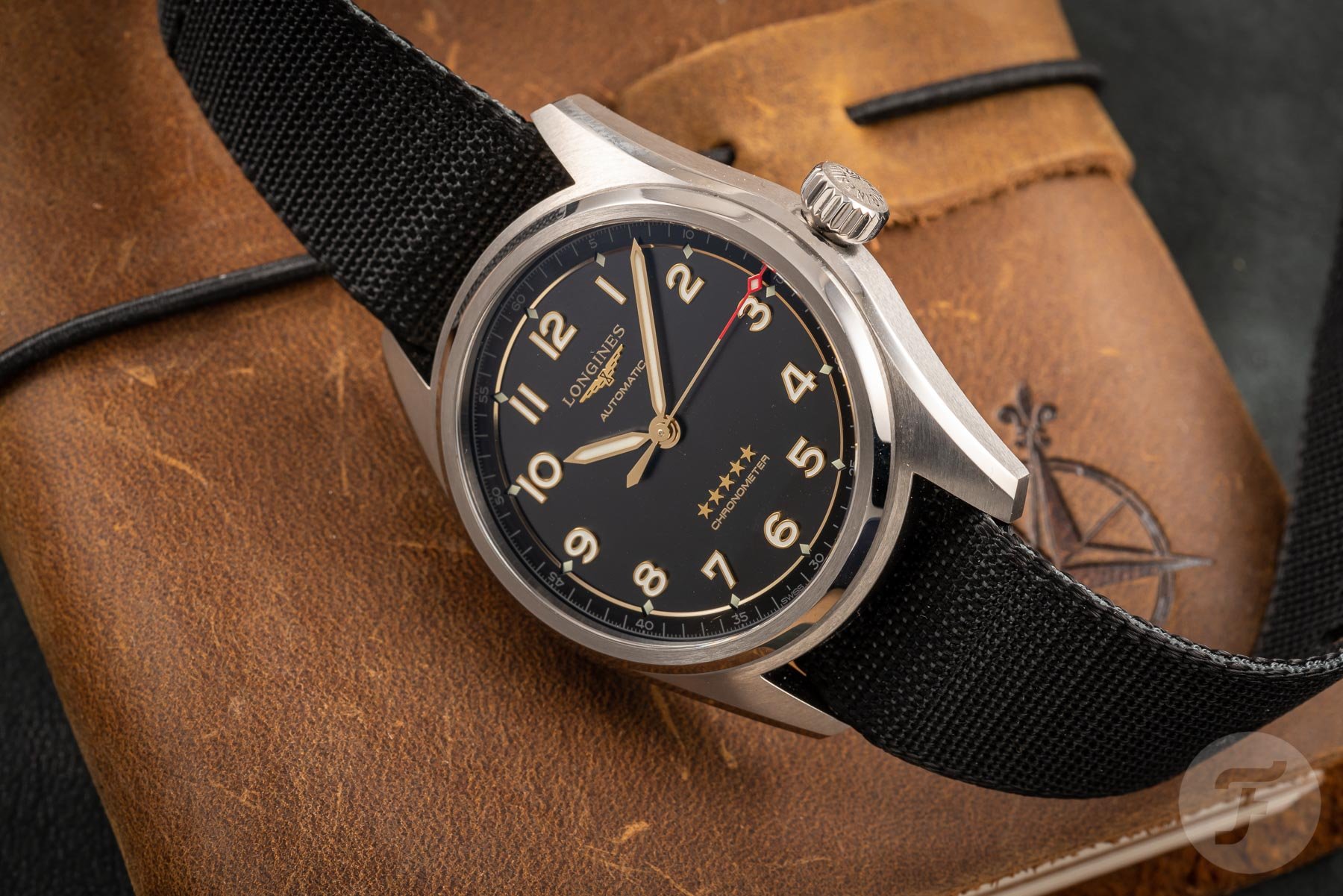Breaking Down The Brand Longines: Strength And Weakness In Numbers
When looking at last year’s turnover numbers, Longines is the #7 luxury watch brand in the world. You all know who’s leading the pack, but did you know that Longines, with a turnover of CHF 1.11 billion, is in between Haute Horlogerie houses Richard Mille in the #6 spot and Vacheron Constantin in the #8 position? Richard Mille needed to sell 5,600 watches to get a turnover of CHF 1.54 billion, and “VC” turned over CHF 1.097 billion by selling 35,000 watches. Longines, being in the more affordable segment of luxury watches, had to sell no fewer than 1,600,000 timepieces. That is very impressive. But what impression does the brand with the winged hourglass logo — the oldest in-use registered trademark for a watch brand logo — make? It’s time to break down the brand Longines.
In 2023, Longines left competitors TAG Heuer and Tudor behind. How did the brand do that? By enticing people looking to buy an affordable Swiss luxury watch and watch fans alike. The first category wants a watch that is easy on the eye, looks like an archetypical luxury watch, has a good price proposition, delivers value for money, and will last a lifetime. Longines, founded in 1832 in the Swiss town of Saint-Imier, is a household name. Sponsoring Formula 1, skiing, and equestrian sports as well as using high-profile brand ambassadors from all over the globe also helped spread the Longines name. Longines has high brand recognition but not as high as, for instance, the brand with the crown. Then again, people don’t wear Longines watches to show off — and doing so wouldn’t fit into the brand’s “elegance is an attitude” philosophy anyway.
Breaking down the brand Longines: what’s your favorite flavor?
If you’re able to sell 1.6 million watches in one year, then you must be doing something right. But what is it? Well, vanilla is also the most popular ice cream flavor in the world. Vanilla has reigned supreme for decades and will continue to do so for many more. If you look through the Longines product catalog, a hefty catalog as thick as your fist, you will conclude that the majority of watches are vanilla. But vanilla watches, just like the ice cream flavor, sell well. Let’s say that 1.4 million Longines watches sold last year were vanilla, but the remaining 200,000 timepieces had more exotic flavors. And it’s these “flavors” that are interesting to people who want more from a watch. Those are the people who want a compelling story behind the watch or interesting technical features — I’m looking at you, Fratelli.
Threatening Rolex and Omega
In a world where branding and brand perception are everything, a traditional brand like Longines that preaches elegance and not exuberance is easily overshadowed. But in a watch universe based on merits, Longines would be a threat to Rolex and Omega. Longines has more history and heritage than Rolex and Omega, for instance. But Rolex has been an unstoppable marketing machine from day one — according to Rolex founder Hans Wilsdorf, “only great marketing is needed to make a company successful” — and Omega has been positioned above Longines in the Swatch Group hierarchy.
A look into the Longines archives reveals a history of making in-house chronograph movements (Rolex only started making those in the 21st century) that were widely acknowledged as the best calibers of their kind. By the way, did you know that Longines keeps records for every single watch it has ever produced? That is quite remarkable. Anyway, it’s also interesting to know that the Lemania 8810, a caliber used by high-end manufacturers like Breguet and Girard-Perregaux, was actually developed by Longines as the caliber L990. In the 1960s, Longines also introduced high-beat 36,000vph movements that provided guaranteed accuracy to one minute per month. Equating to two seconds per day, that was mighty impressive at the time, and it still is.
Ahead of its time
One of the most popular watch models nowadays is arguably the GMT watch — yes, the highly recognizable GMT-Master is leading the way, and the rest of them follow. But Longines is by no means new to the travel-watch scene. Way back in 1925, the brand introduced its first dual-time wristwatch, the Zulu Time — I will get to the 2022 Zulu Time in the current Spirit collection later on. That was many years before Rolex released its famous GMT-Master. And when we wander off the mechanical path and step into the field of quartz watches, we find that Longines also played its part. In the 1970s, Longines, thanks to its owner ASUAG, produced watches outfitted with extremely accurate thermocompensated quartz movements.
Name one Longines icon
It’s time for a challenge: name one Longines icon. I’ll wait. It’s pretty hard to do, right? One watch that comes to mind is the Lindbergh Hour Angle Watch. But before Lindbergh, there was Weems. Captain Philip Van Horn Weems of the US Navy was an aeronautical pioneer who needed a watch with an adjustable seconds hand and a rotatable inner disk that could be synchronized with a radio signal in the cockpit to set the time. Longines made it happen in 1929 in the shape of the Weems Second-Setting watch 1929.
Charles Lindbergh wanted something a bit more complex. The man who became the first to complete a nonstop flight across the Atlantic used the Weems watch as the foundation of a timepiece that combined the inner rotating 60-second disk, a traditional 12-hour ring, a 180-degree scale, and a rotating 360-degree outer bezel. When he used the Hour Angle Watch together with a sextant, Lindbergh could determine his “hour angle,” or longitude, helping him to navigate. Longines released the Lindbergh Hour Angle Watch in 1931 to the public, and it remains in the collection today.
The 47.5mm Lindbergh Hour Angle Watch (ref. L2.678.4.11.0) is certainly an important watch and quite possibly an icon. But the XL watch with a price of €5,950 doesn’t function as a poster boy or a commercial spearhead. It is a niche watch.
The status of the Legend Diver and the Spirit collection
In the current collection, you will find 20 Legend Diver references. They are very nice vintage-styled watches based on a 1960s Longines dive watch. But the Legend Diver, with its inner rotating bezel and dual crowns, is a reinterpretation of a classic Super Compressor-style watch that was also produced by the likes of Delvina and Wittnauer. It wasn’t a Logines-exclusive watch. In fact, “Super Compressor” is a trademarked name for a specific case design conceived and built by Ervin Piquerez S.A. (EPSA) between the late 1950s and early 1970s. There’s just too much shared history for the Legend Diver to be the Longines icon.
The Spirit collection that debuted in 2020 is a possible future icon. This modern aviation-style watch, which borrows some style elements from the brand’s classic Heritage collection and adds modern, sporty design touches, has been received well. The collection has evolved steadily and nicely, with the aforementioned Spirit Zulu Time as the possible highlight so far. The Spirit watches are more contemporary and timeless than the retro models, have more character than the “airport” watches in the collection, and are more versatile than the sturdy, robust, and sporty HydroConquest models. But a brand cannot simply create an icon at will. For a watch to become one, time is of the essence — specifically, the appreciation of the public and watch lovers.
Hot and bothered by Longines
The history of Longines is full of accolades. For instance, the brand claims the first chronograph to be worn on the wrist. Longines is also responsible for the first chronograph with a flyback function. If only there were one watch that had stood the test of time — a watch created, say, 50 years ago and that was still in the collection in a steadily evolved shape and form. Yes, the Lindbergh Hour Angle Watch is a golden oldie, but it’s way too niche in multiple ways to speak to a large audience.
So what we have here is a brand that speaks to a large audience but is not recognized by that audience as one of the most important watch brands around. And although Longines did outperform Tudor, one of its rivals in the midsegment market, Rolex’s sister brand gets watch fans hot and bothered. The “Tudoristi” are a thing; the “Longinisti” are not.
Birth of the “Longinisti”
When looking at the history of Longines and Tudor, the brand from Saint-Imier has a way more impressive story to tell than the brand in the shadow of The Crown. But, unfortunately, marketing talks and history walks these days. And another factor is the limitations Longines faces within the Swatch Group. It’s not allowed to compete with Omega above. At the same time, it needs to stay out of the reach of Certina below. That is not an easy thing to do with the progress made on movement technology and finishing levels.
Is this situation limiting Longines? Well, the brand is comfortably sitting in the top 10 of best-performing luxury watch brands. So, from a business perspective, the answer is “absolutely not.” Are dedicated watch fans impressed by this top-10 achievement? Probably not. Despite the commercial success, it’s hard to imagine that the current collection is interesting enough to create a group of hardcore fans. Maybe the brand should also uplift its public engagement. Despite hosting events for dedicated collectors, to many others, Longines still seems distant and impersonal. A truthful and inspiring marketing campaign that speaks directly to watch fans would also be an absolute necessity to make that happen. Maybe, over time, the Spirit will evolve into a collection of important and interesting watches that will give birth to the “Longinisti.” What do you think?

